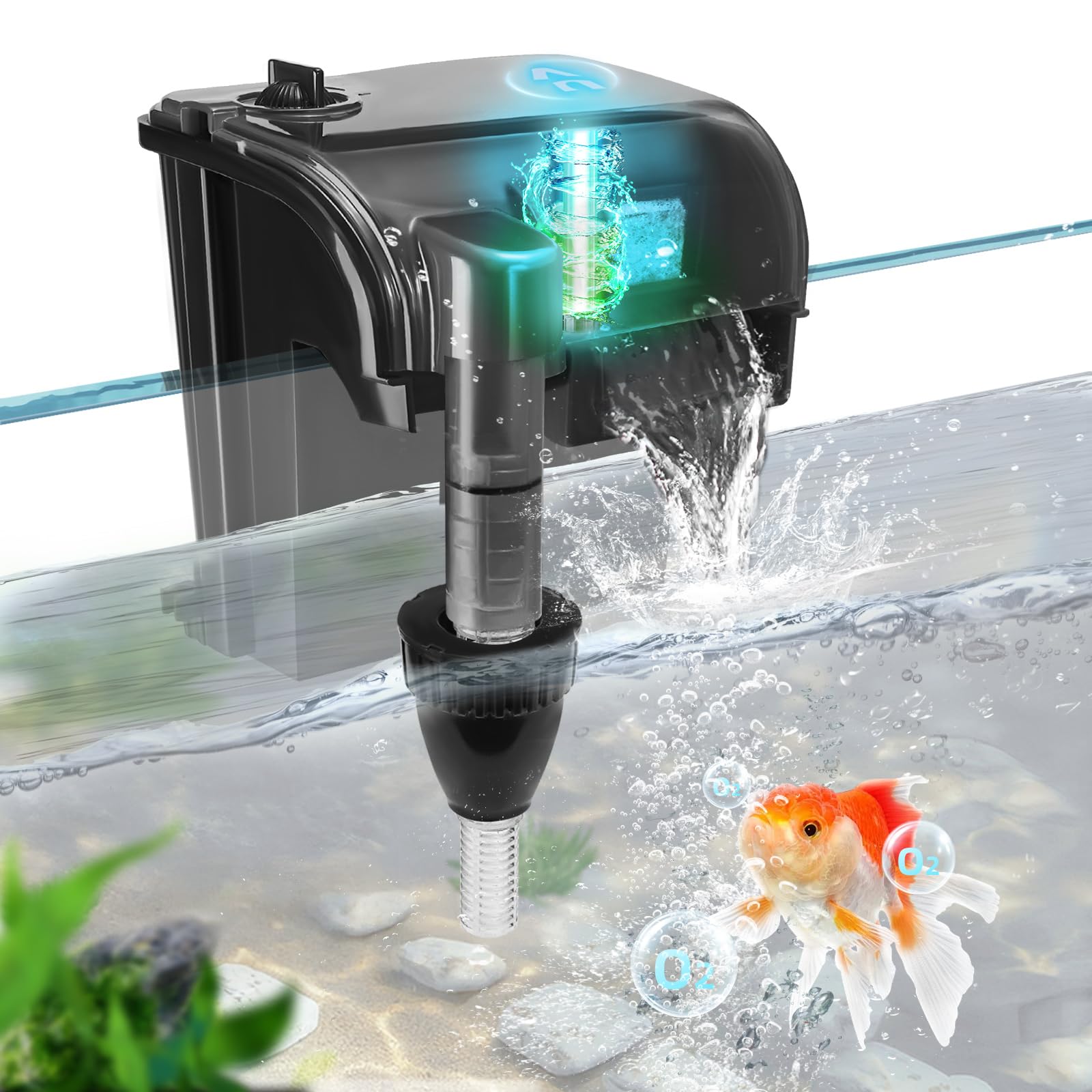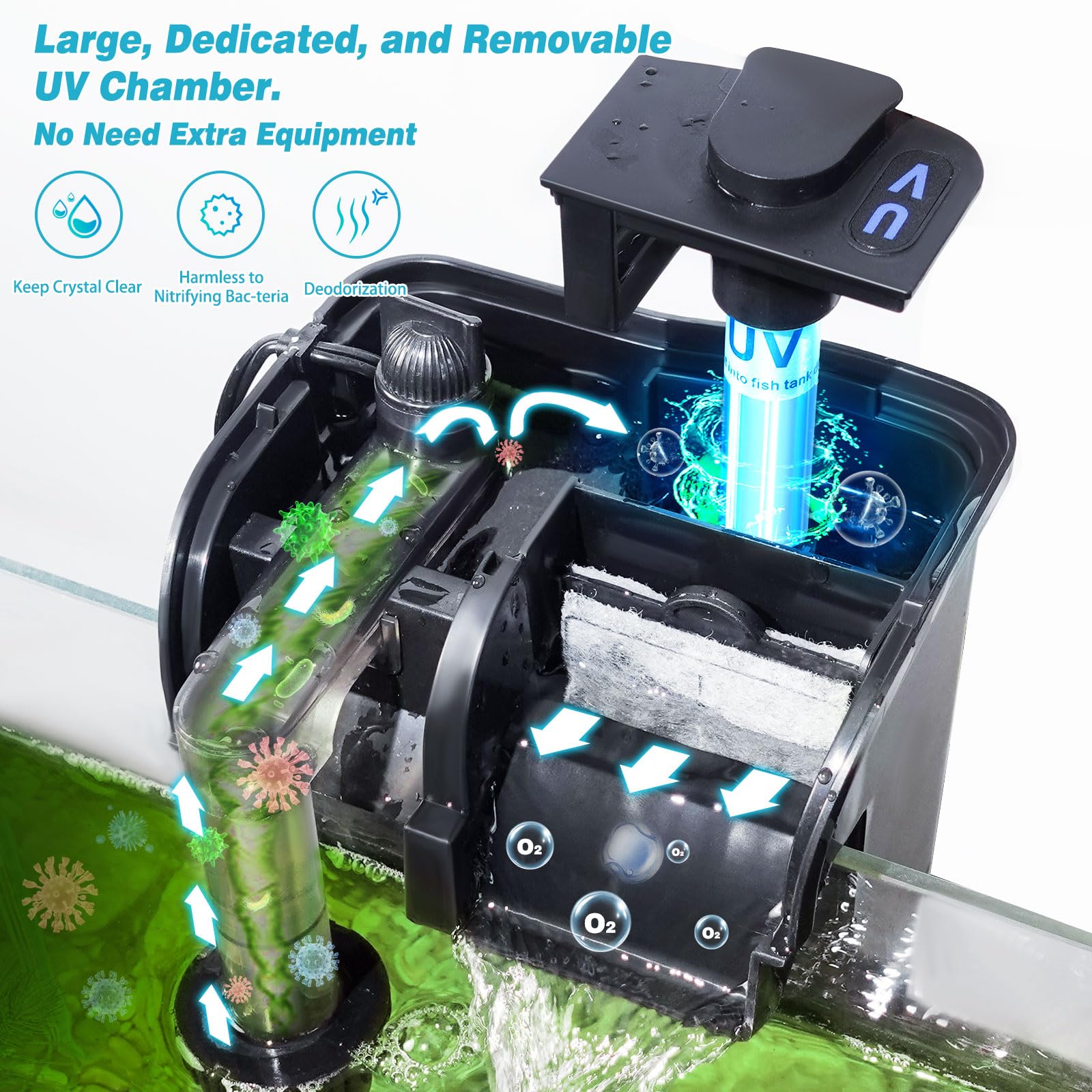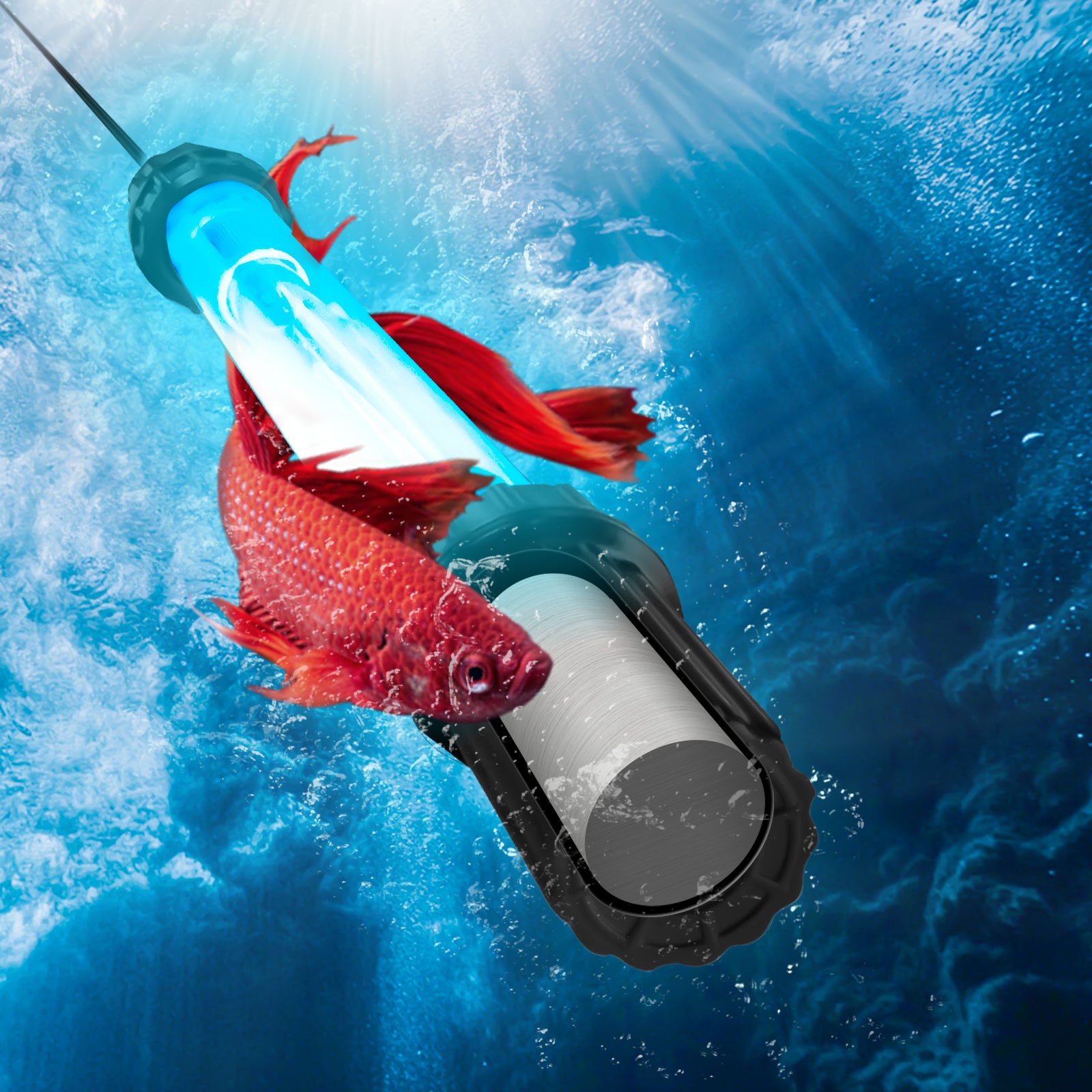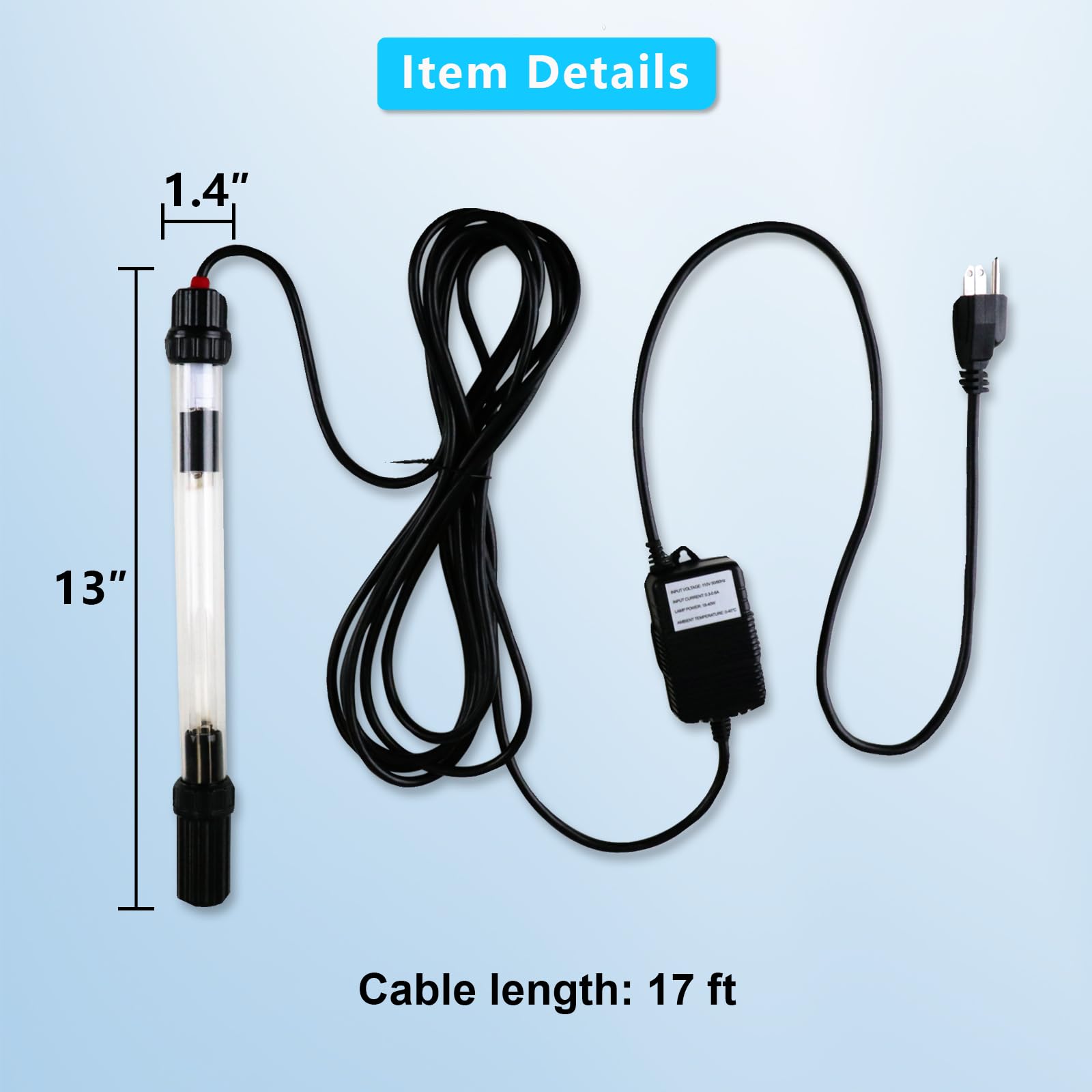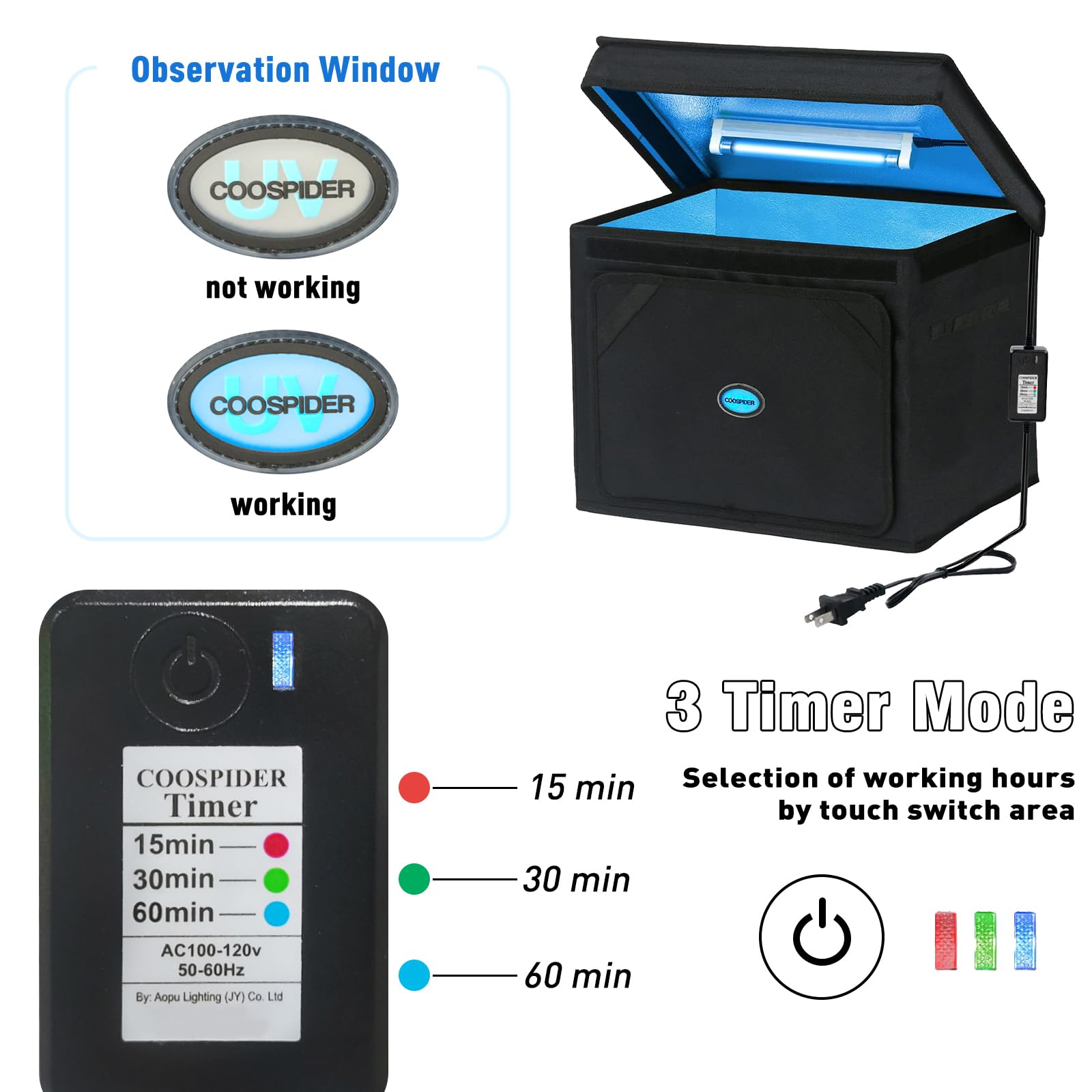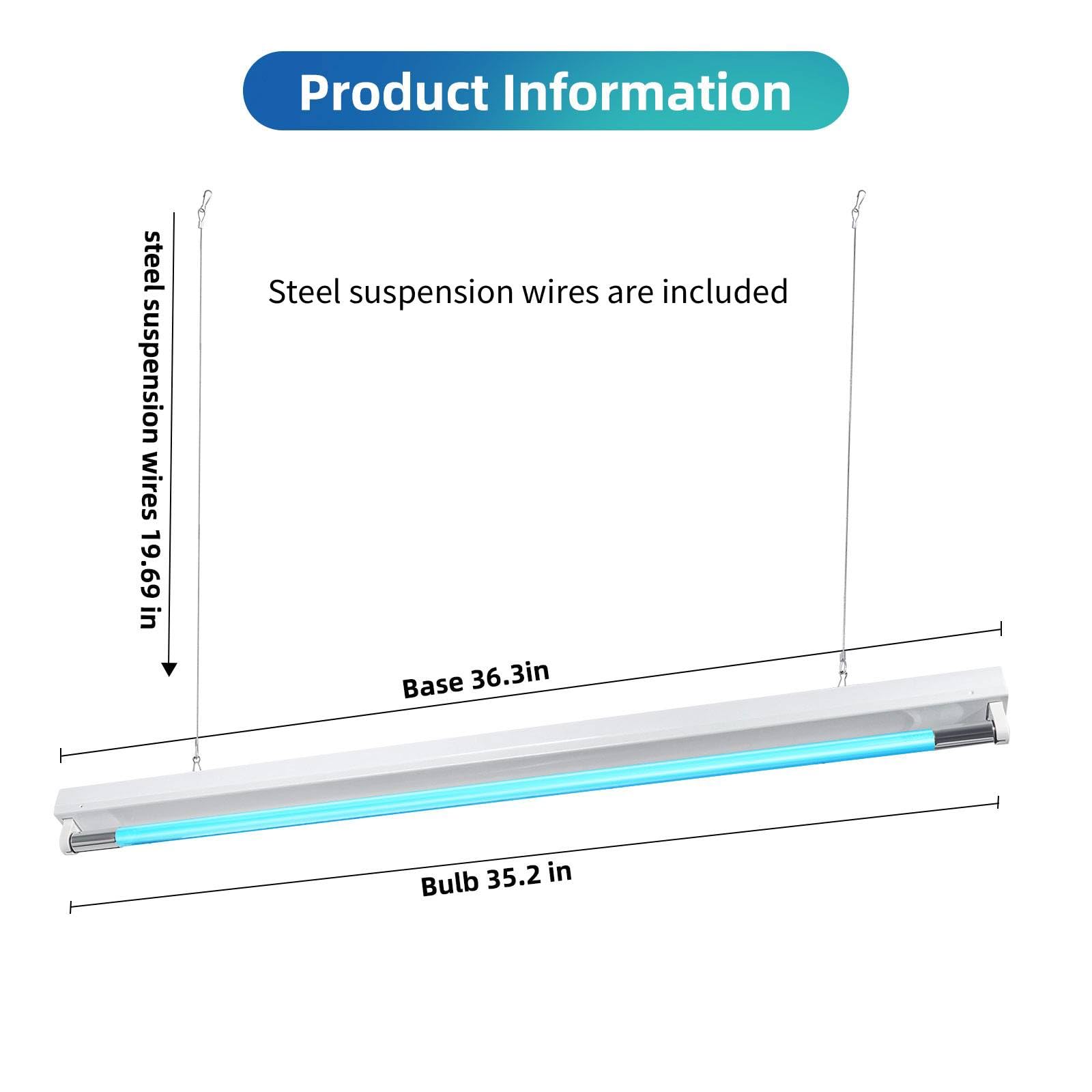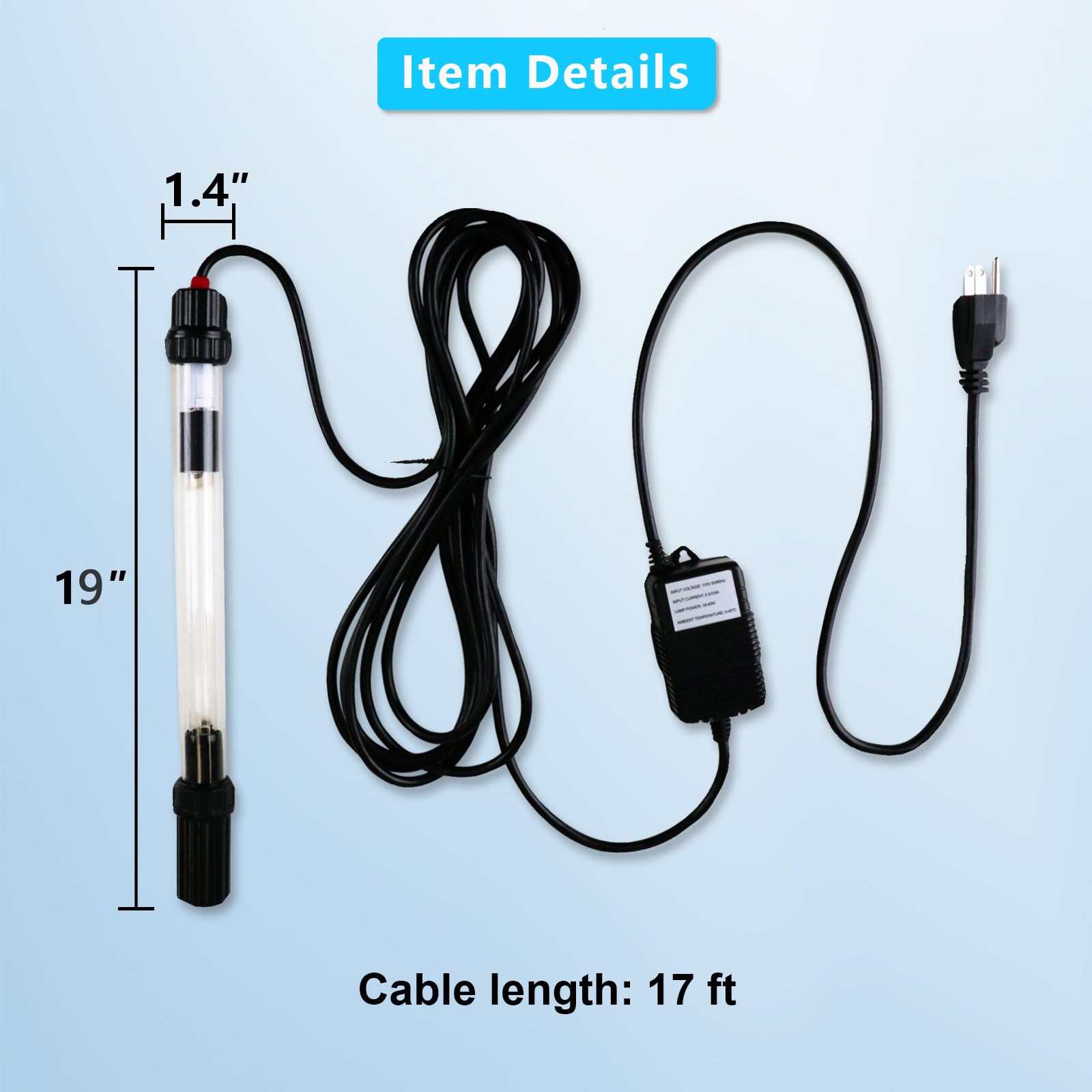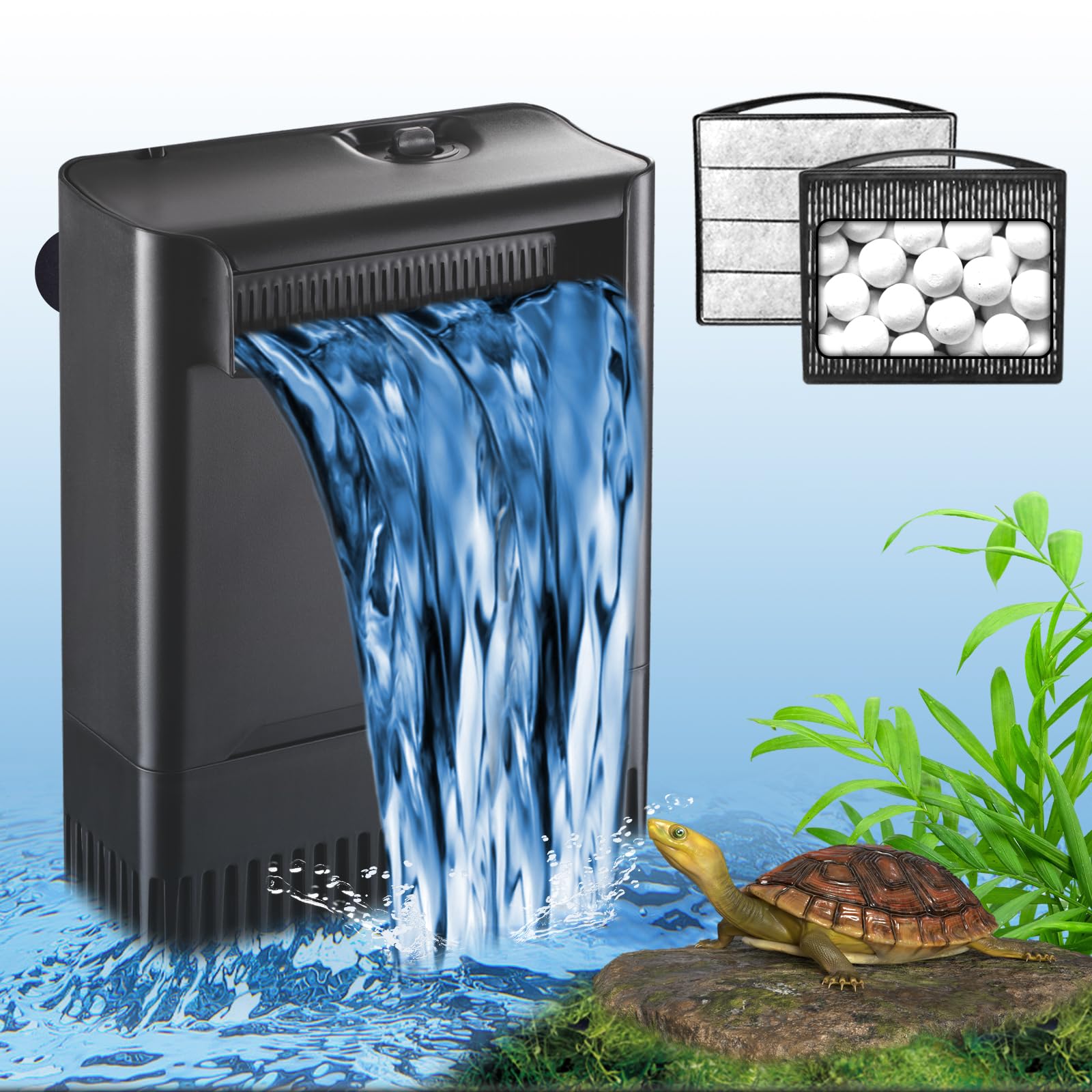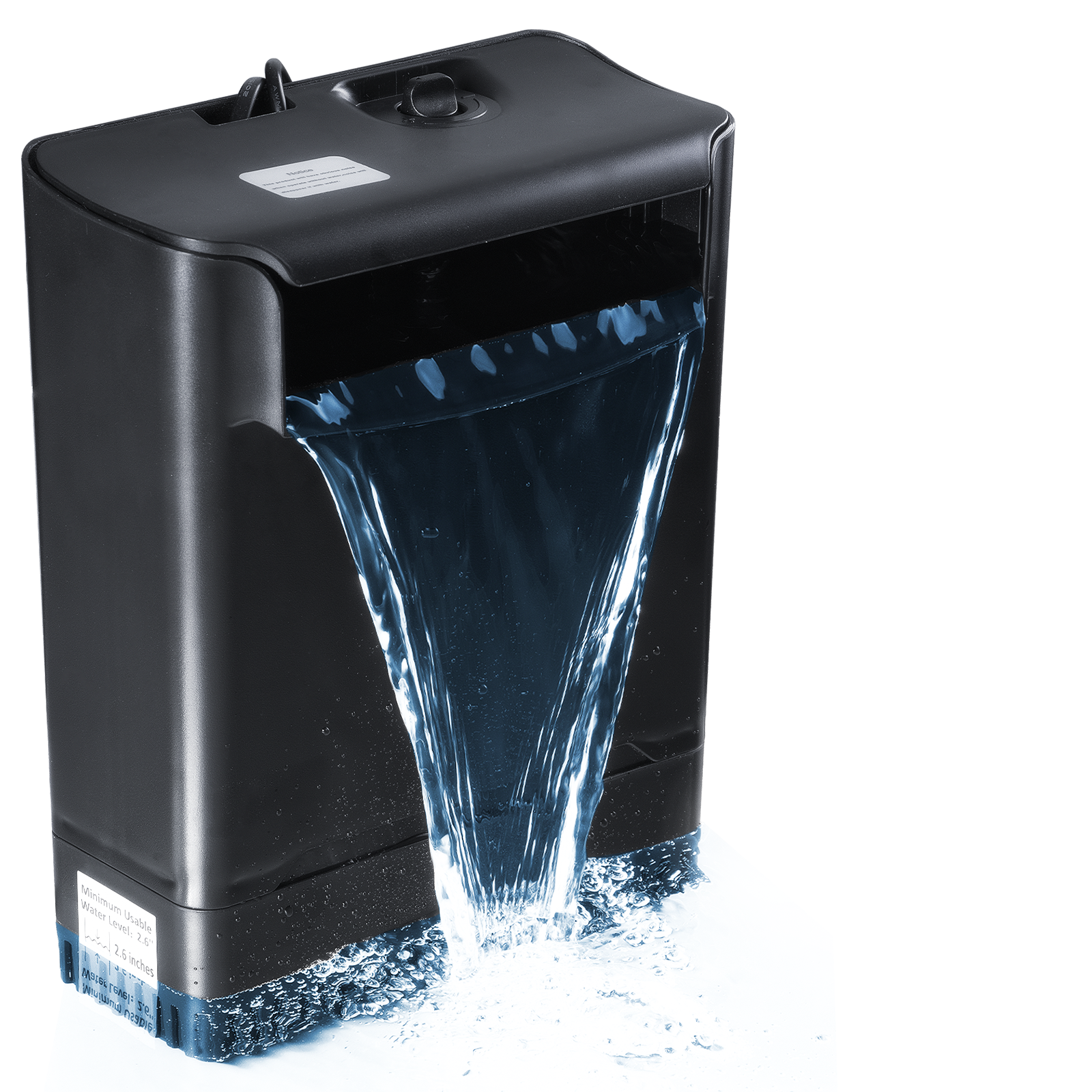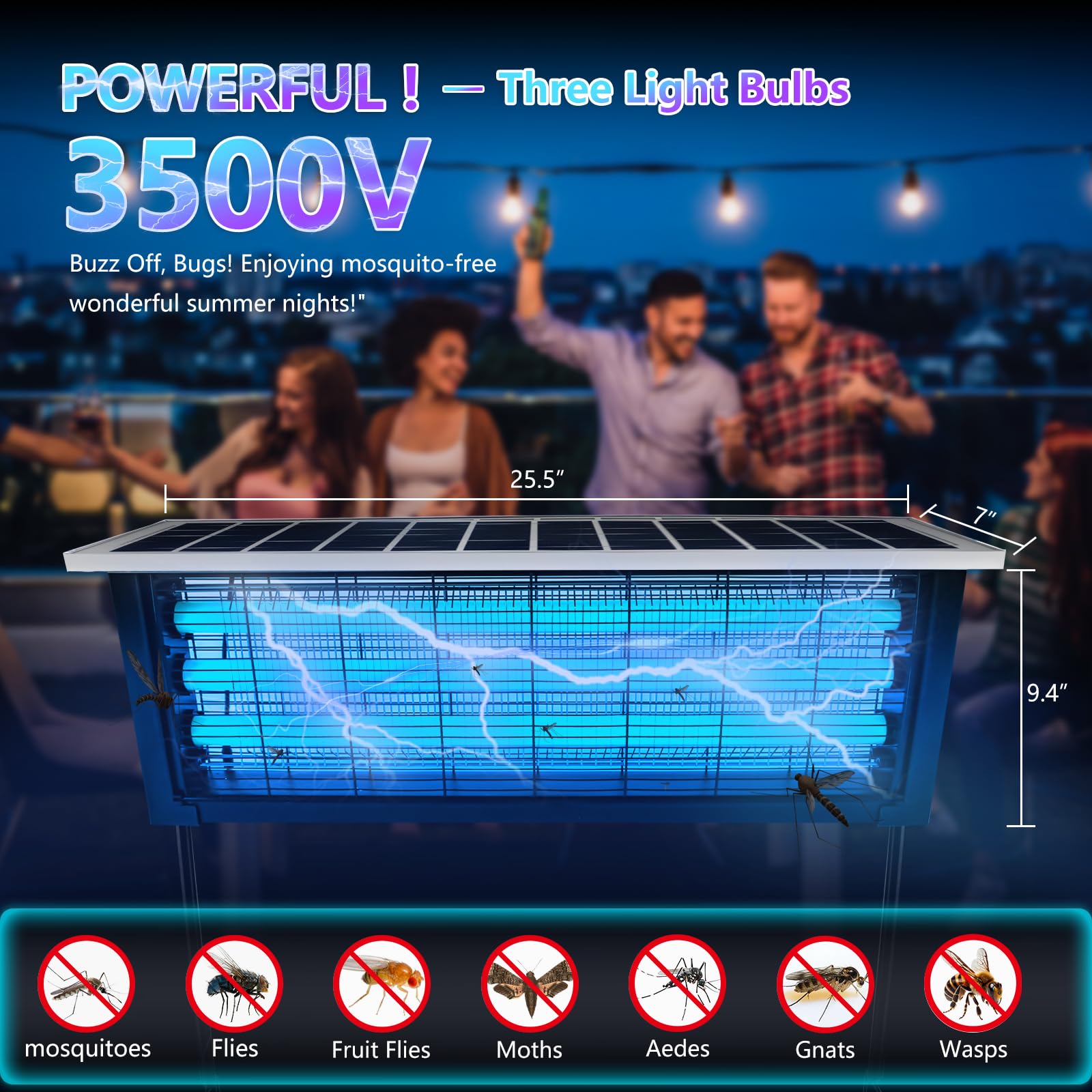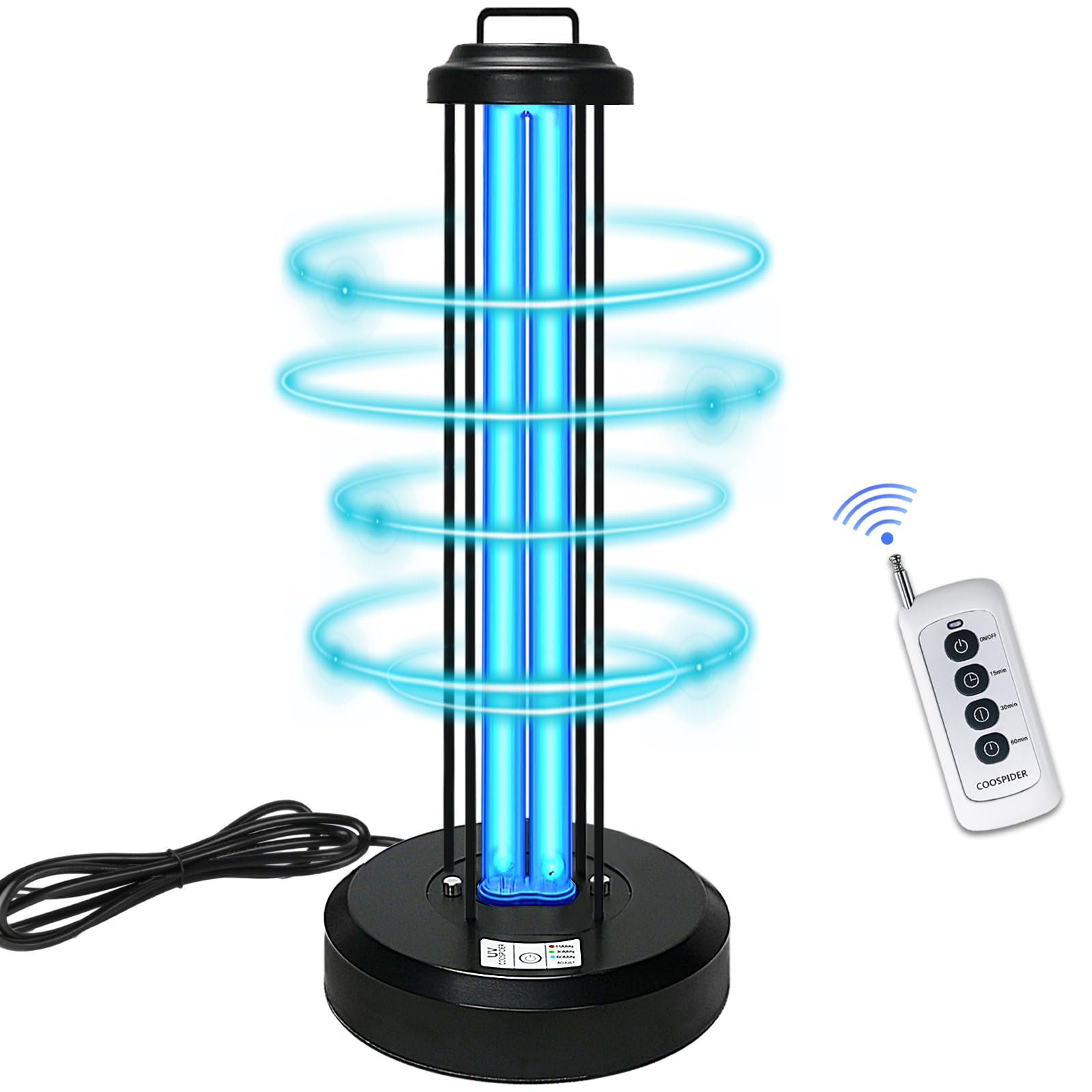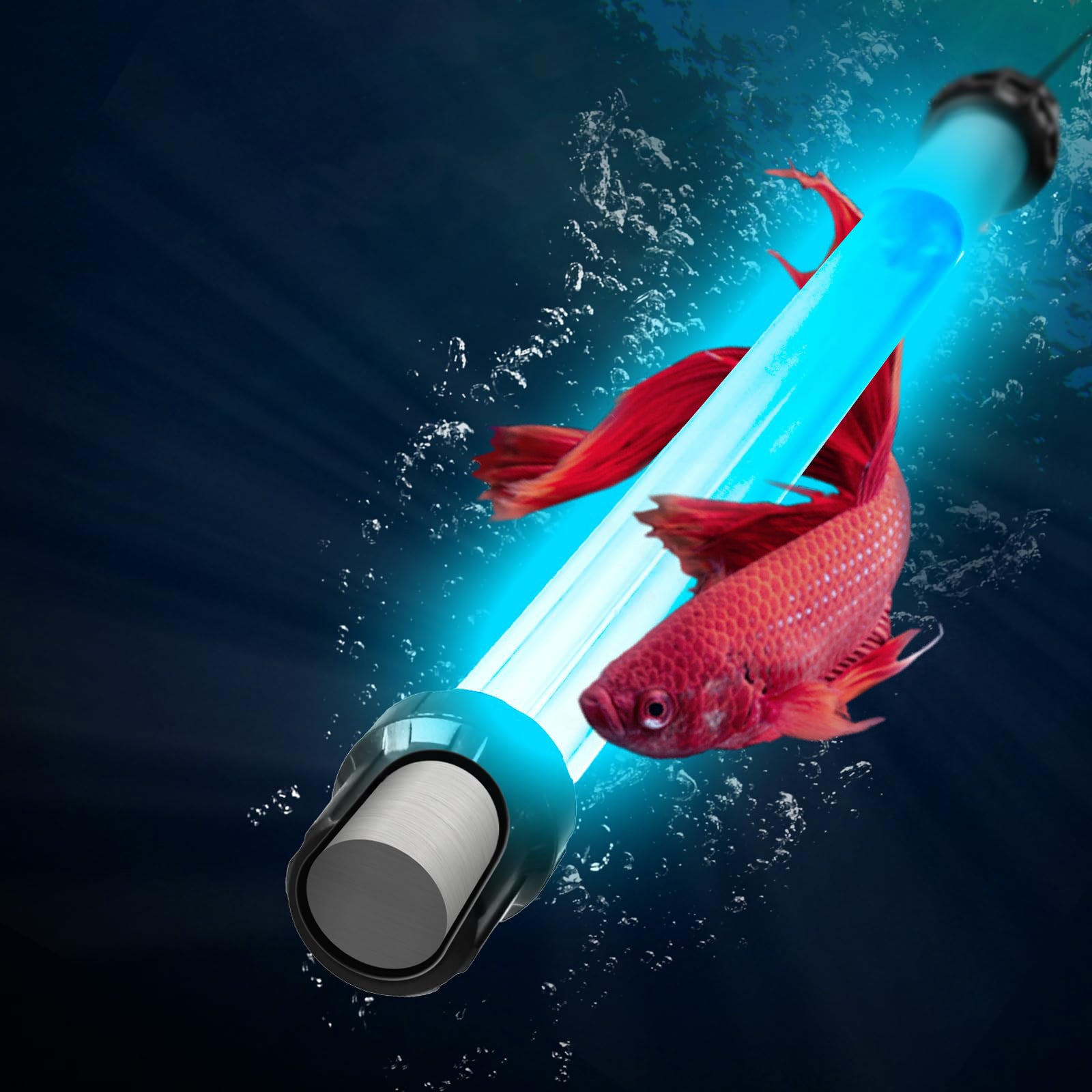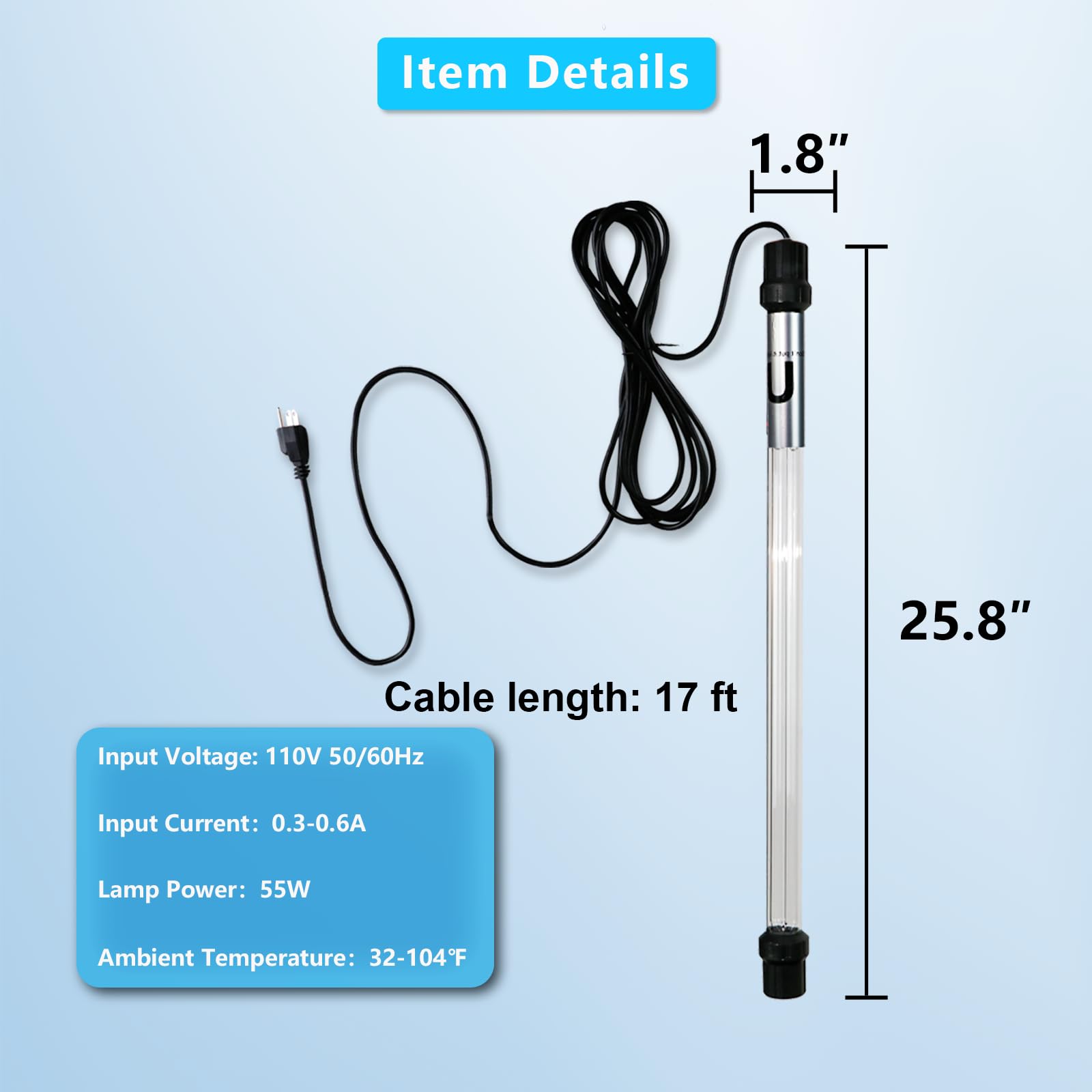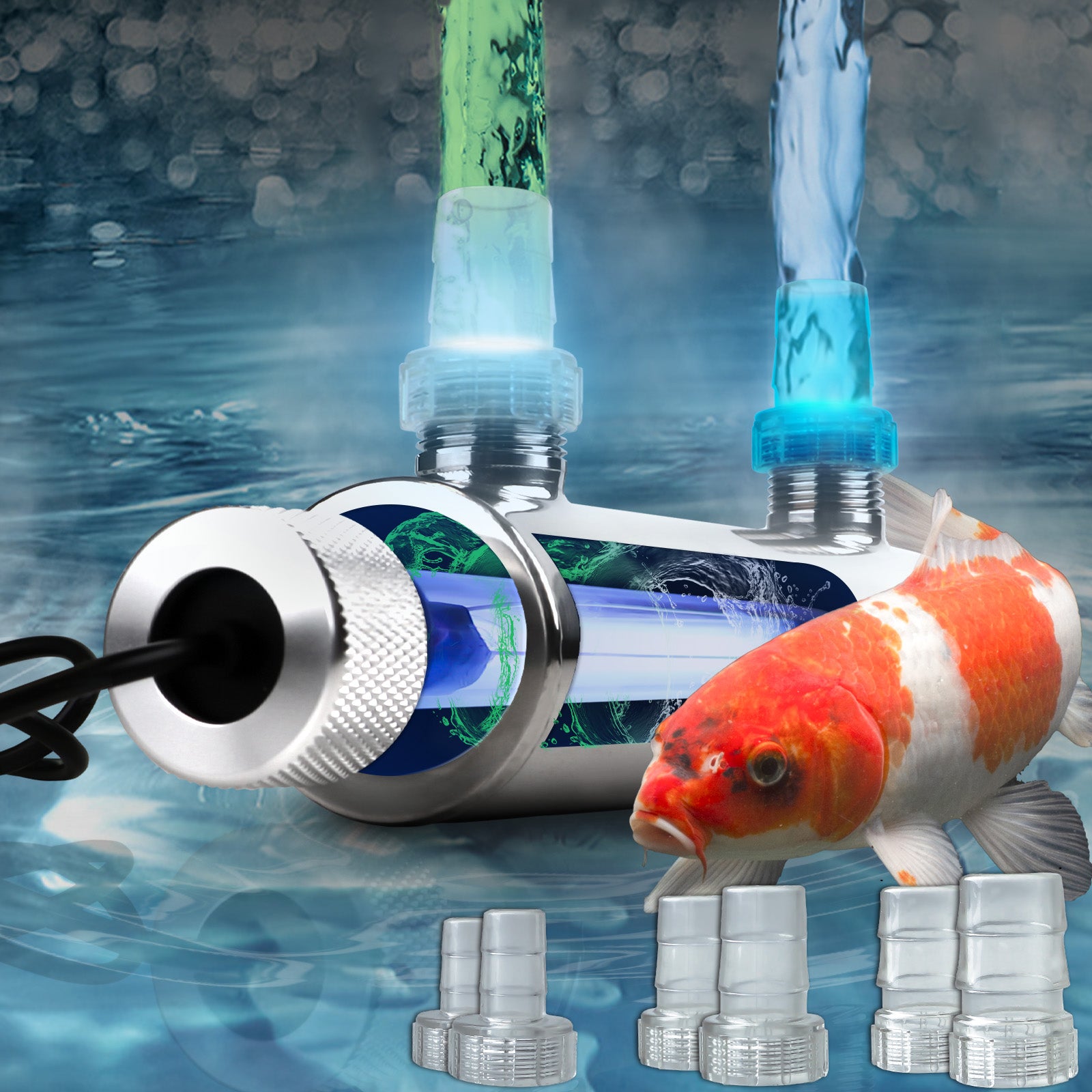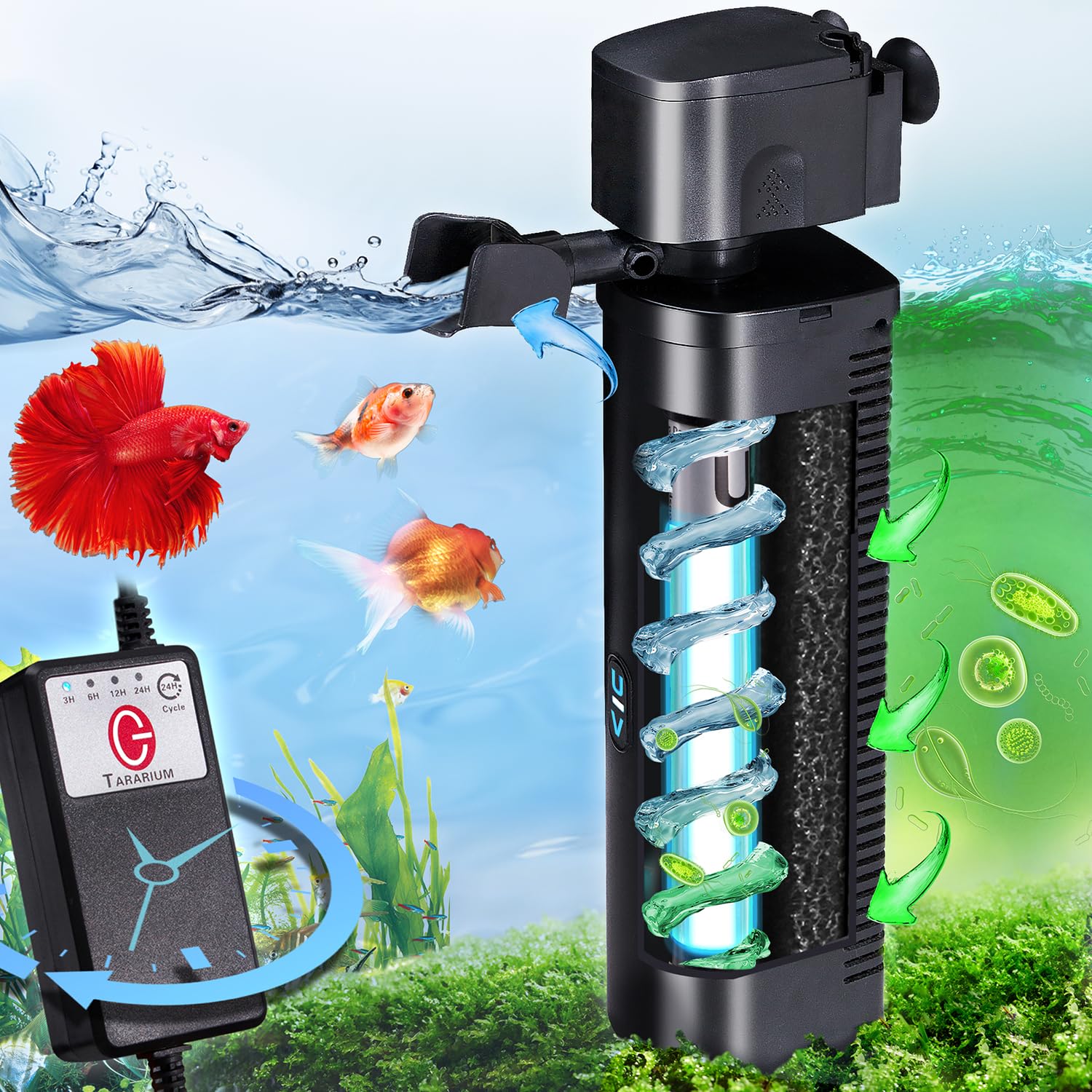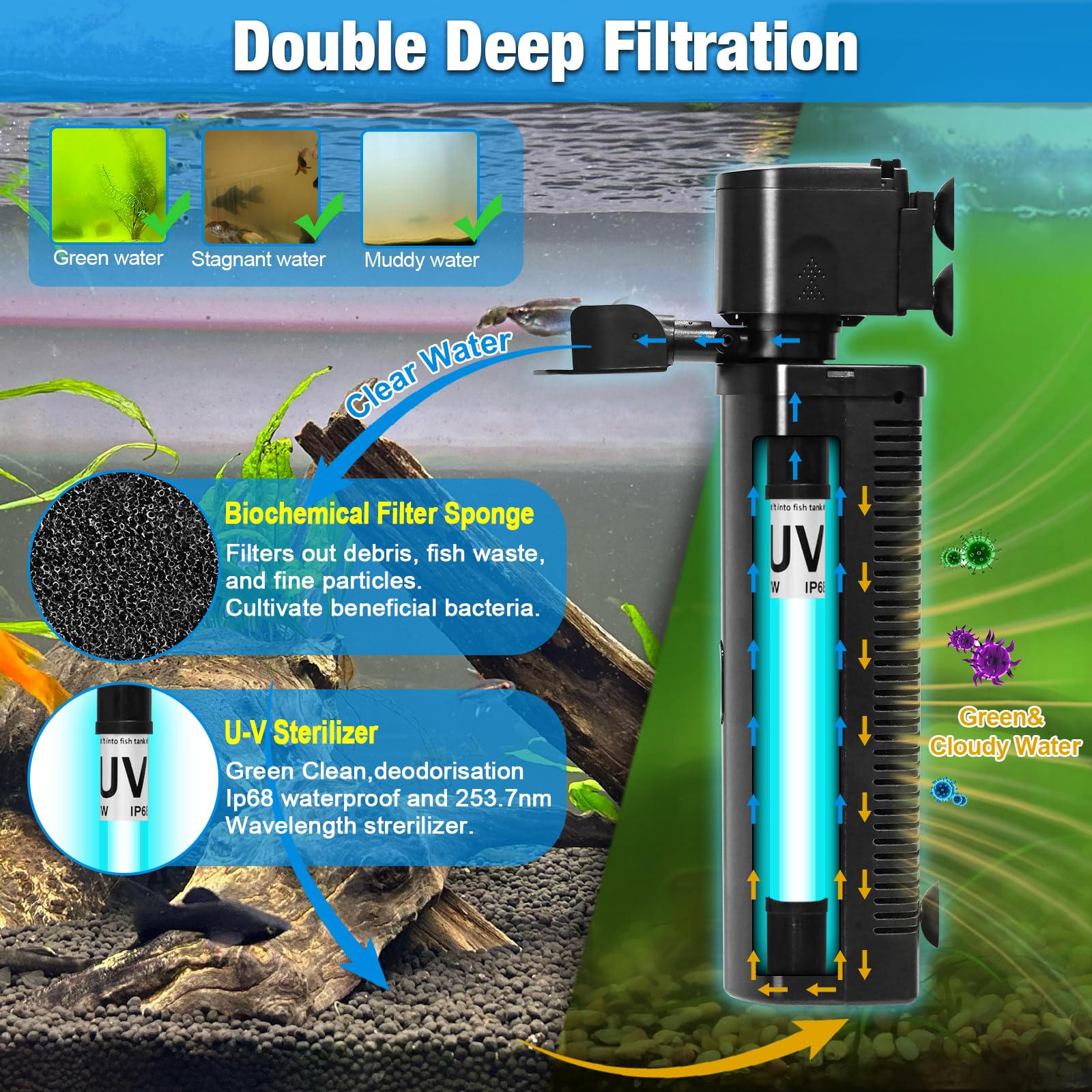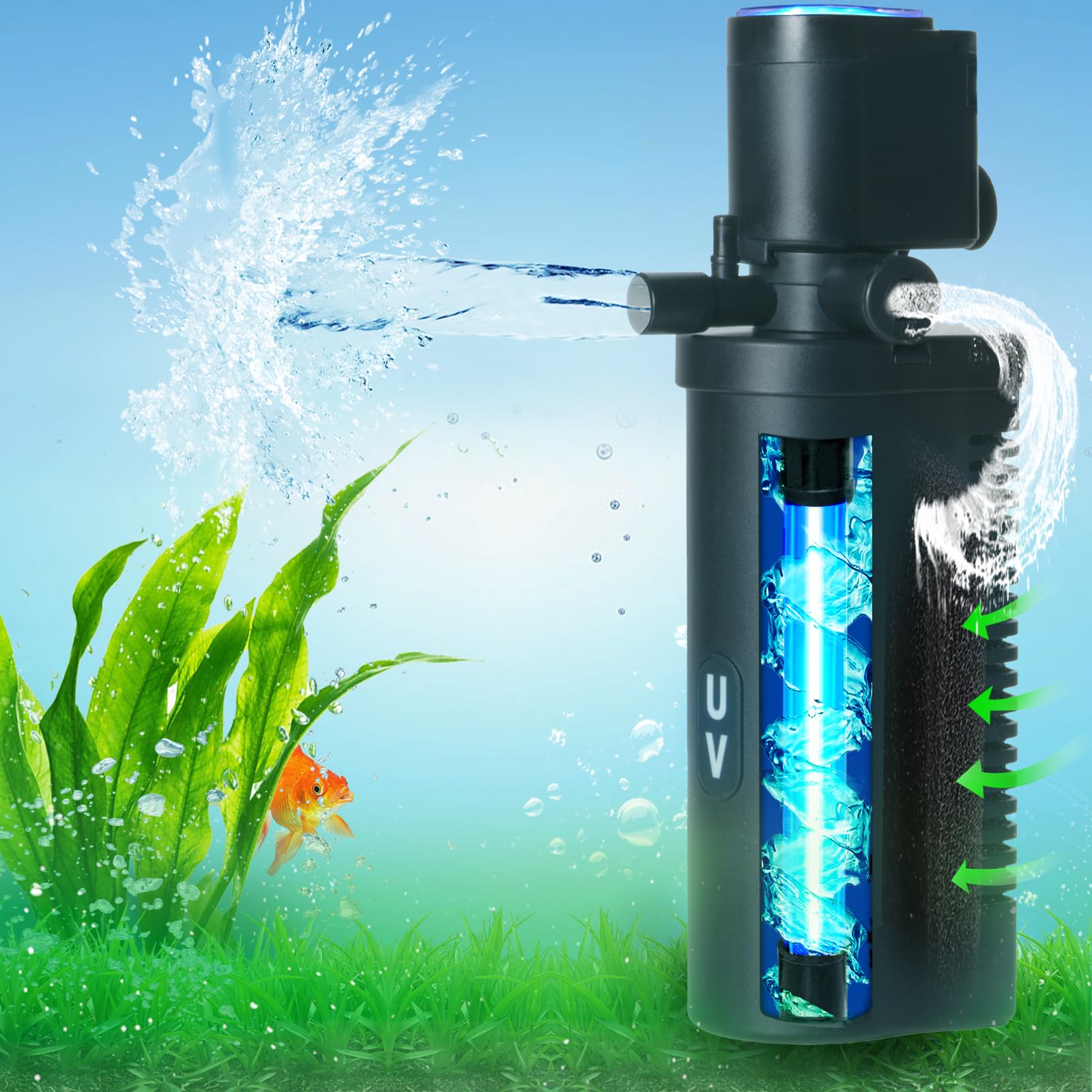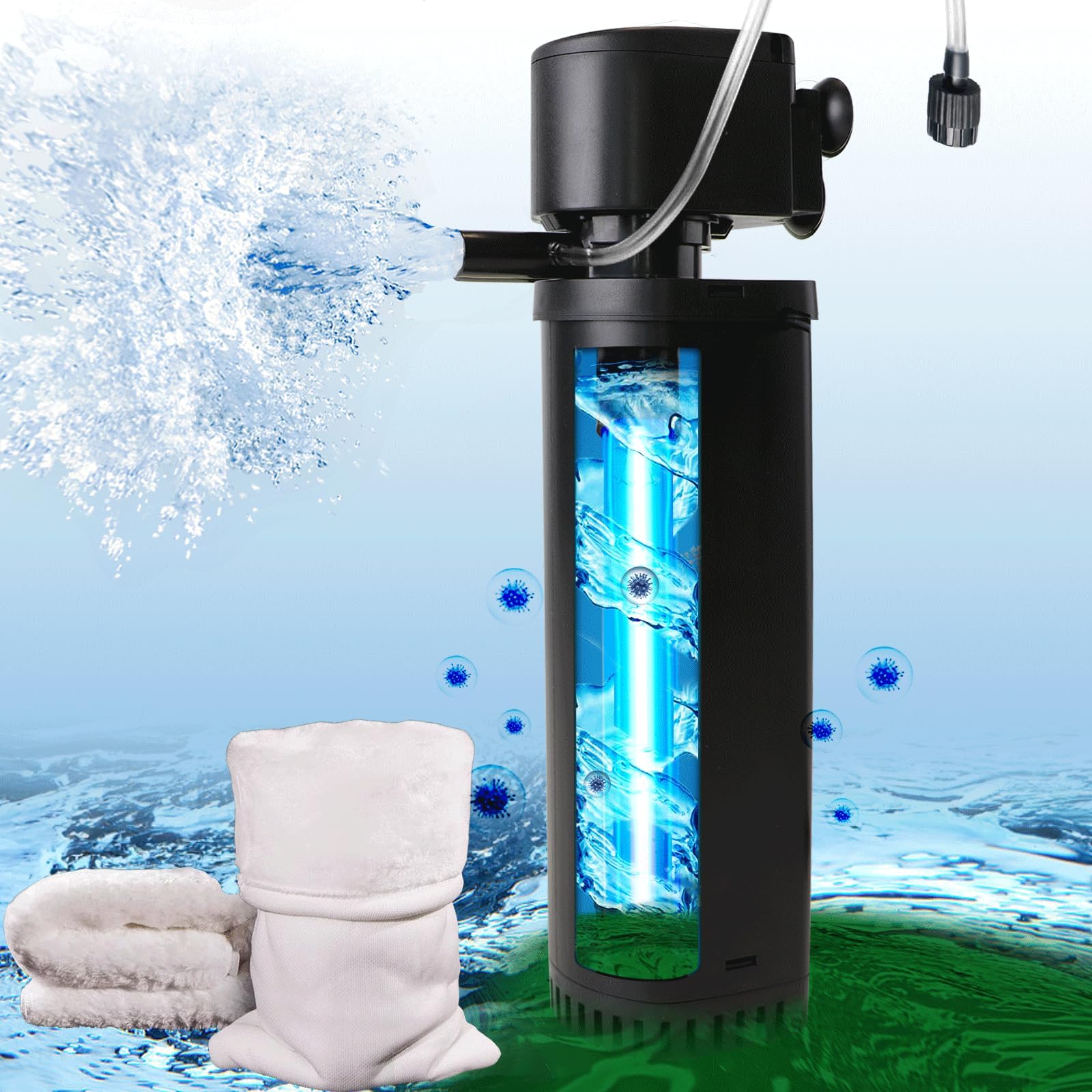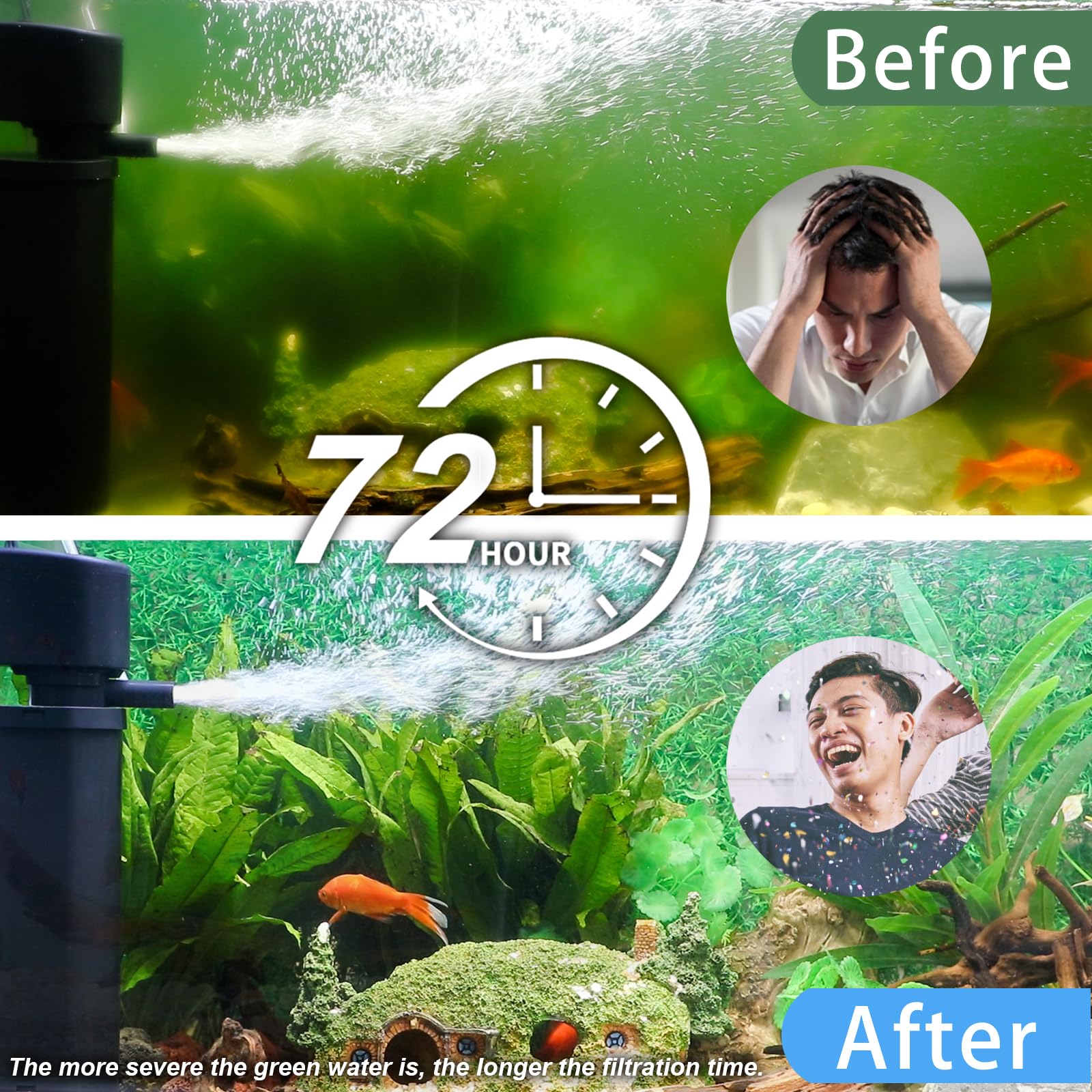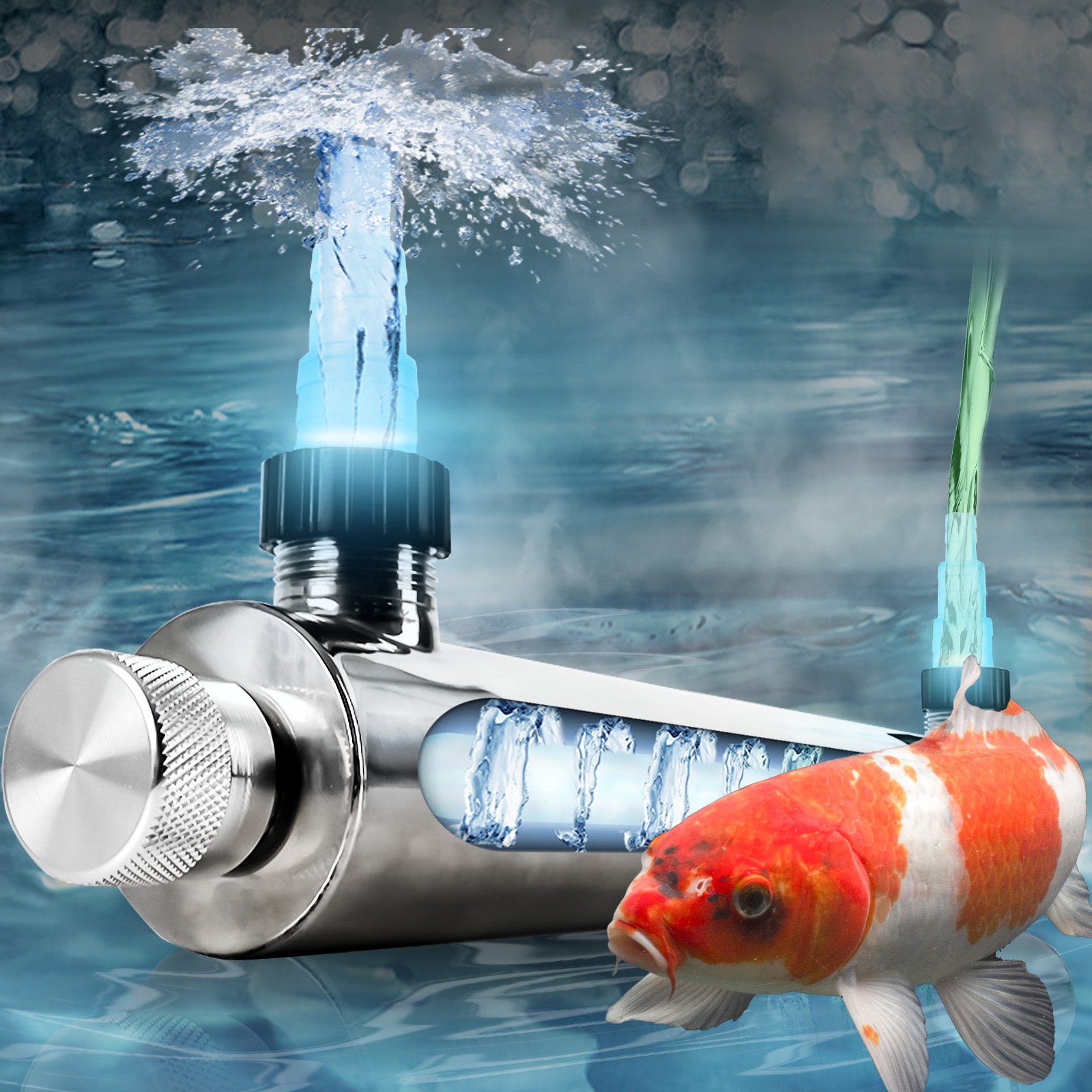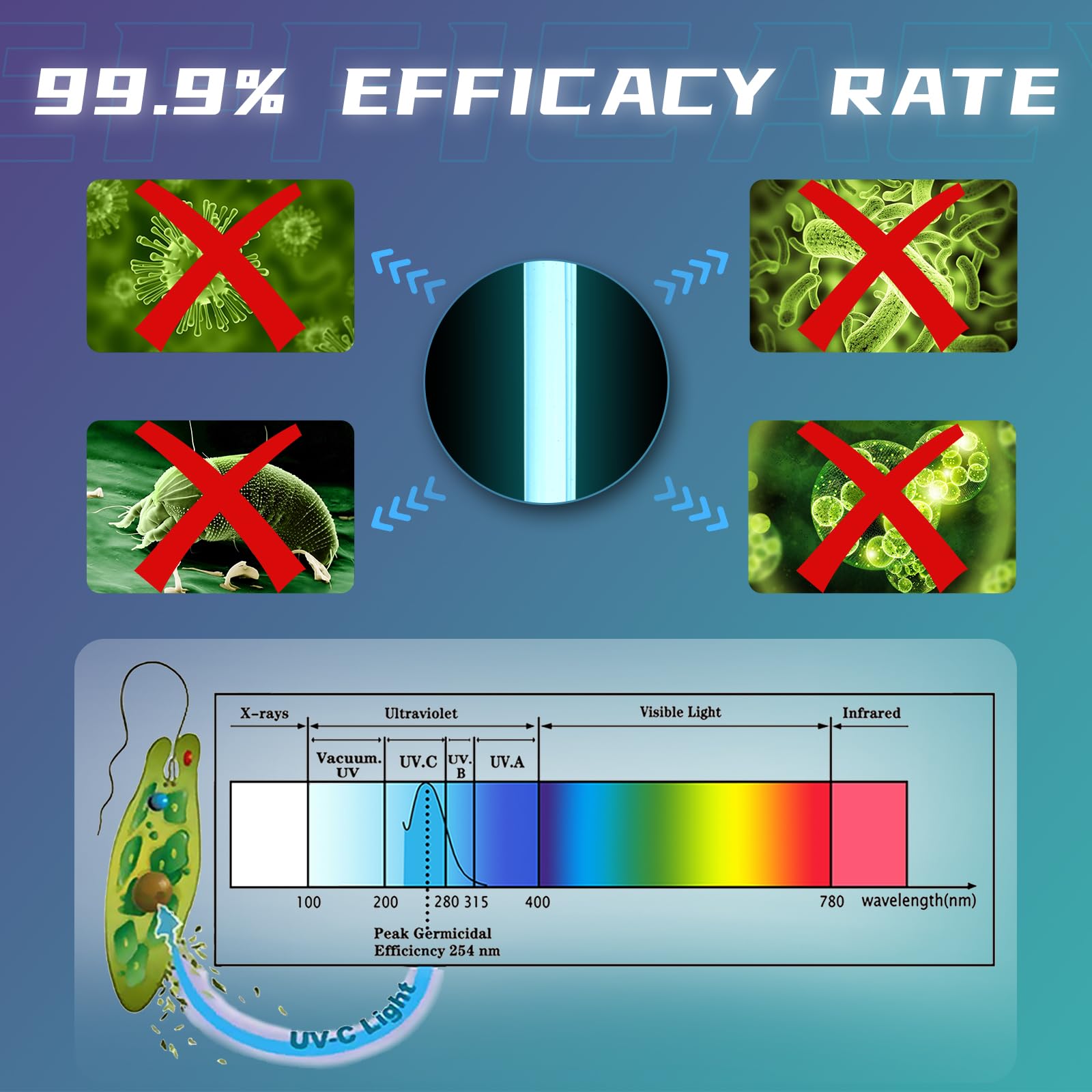The Midnight Ritual: 4 Million Students Forwarding Fish Before Finals
2024 Weibo Data Dive:
- 11:00 PM exam eve = peak sharing (+372% vs. daily avg)
- Users aged 18-24 comprise 89% of ritual forwarders
- Hashtag ("share to survive") trends annually
Neuroscience Lens:
Viewing koi imagery triggers 17% higher dopamine release than motivational quotes (UCLA fMRI study). When paired with sharing action, anxiety biomarkers drop 28% within 90 seconds.
Chapter 1: Anatomy of a Modern Talisman
The Luck Stack Architecture

graph LR
A[Uncertainty Stress] --> B{Seeking Control}
B --> C[Digital Superstition]
C --> D[Sharing Ritual]
D --> E[Perceived Agency]
E --> F[Stress Reduction]Why Koi Beat Traditional Symbols:
| Element | Gen Z Adoption Rate | Psychological Payoff |
|---|---|---|
| Religious Icons | 12% | Cultural disconnect |
| Astrology | 38% | Requires knowledge |
| Viral Koi | 81% | Instant, democratic |
Chapter 2: The Algorithmic Altar - Engineering Viral Comfort
Douyin's "Luck Engine" Recommendation Protocol
def serve_koi(user):
if user.stress_markers >= 0.7:
if exam_season:
return golden_koi
elif jobhunt_window:
return resume_koi
else:
return generic_luck_fish
else:
return productivity_content Platform Incentives:
- Koi posts generate 3.2x more ad impressions than educational content
- "Luck anxiety" users have 68% higher session times
Chapter 3: Ritual Mechanics - The Placebo Code
The 4-Phase Neuro-Ritual
- Selection: Choosing fish image → activates prefrontal cortex (decision agency)
- Customization: Adding personal emojis → triggers nucleus accumbens (ownership)
- Sharing: Public broadcast → oxytocin release (social validation)
- Anticipation: Waiting for luck → dopamine surge (reward expectation)
Clinical Impact:
Placebo effect reduces cortisol levels equivalent to 5mg diazepam (King's College trial)
Chapter 4: Generational Trauma Response
The Uncertainty Matrix Driving Koi Dependence
| Stress Source | % Citing as Koi Trigger | Dominant Koi Type |
|---|---|---|
| Exam Hell (Gaokao/CPA) | 63% | Scholar Koi |
| 996 Culture Burnout | 57% | Salary Koi |
| Dating Market Pressures | 41% | Peach Blossom Koi |
| Housing Impossible | 38% | Property Koi |
Case Study: Shanghai "Ant Tribe" workers sharing property koi achieved 0.003% actual home ownership vs 94% reported "hope boost"
Chapter 5: Commercialized Comfort - The Luck Industrial Complex
Monetizing Magical Thinking
Koi Revenue Streams:
- **Influencer Blessings:** $8,000 per branded fish post
- **AR Filters:** Luck aura effects ($0.03 per use)
- **Digital Red Packets:** Koi-themed microtransactions
- **Sacred Data Harvesting:** Stress profiles sold to HR platforms eCommerce Crossover:
Taobao shops selling "blessed" koi phone cases saw 322% higher conversion rates when tagged #转发奇迹
Chapter 6: Global Analogues - Comparative Comfort Tech
Western Equivalents:
| Culture | Digital Comfort Ritual | Stress Reduction Claim |
|---|---|---|
| USA | Manifestation Tokens | 41% anxiety decrease |
| Japan | LINE Luck Stickers | 37% mood improvement |
| India | WhatsApp Ganesha | 52% "divine assurance" |
| Brazil | Digital Bonfim Ribbon | 48% hope increase |
Neuro-Unifier: All trigger anterior cingulate cortex activity linked to perceived control
Chapter 7: The Dark Side - When Comfort Becomes Cage
Addiction Warning Signs
[X] Checking luck stats >3x daily
[X] Spending >¥500 monthly on virtual blessings
[X] Avoiding action because "already shared koi"
[X] Panic when unable to repost Hangzhou Clinic Data: 14% of "digital superstition" patients meet clinical OCD criteria
Chapter 8: Therapeutic Transformation
Rebranding Rituals for Mental Health
Positive Redirection Framework:

graph LR
A[Koi Sharing] --> B[Gratitude Journaling]
A --> C[Micro-Goal Setting]
A --> D[Support Group Tagging] App Integration Success:
"KoiCalm" replaces fish images with:
- CBT-based affirmations
- Progress trackers
- Therapist matching
Outcome: 71% reduced ritual frequency while maintaining anxiety relief
The Girl Who Fished Herself Out
Lu Y., 24, failed the civil service exam 4 times. Her phone held 2,347 koi images until she:
- Used sharing urges as productivity timer (1 post = 50 mins study)
- Swapped virtual fish for real koi care (therapy pet license)
- Founded "Study Koi" Discord turning luck anxiety into peer accountability
"The fish didn't grant miracles—it mirrored my capacity for discipline."
The Neurological Verdict
fMRI Truth: Whether tapping a shrine bell or sharing digital koi, the brain's parietal lobe activates identical "agency pathways." Modern talismans work because neurobiology hasn't upgraded since shrines.
"We didn't invent new coping mechanisms—we outsourced ancient ones to Tencent servers."
— Dr. Lena Zhou, Behavioral Neurologist
Appendices
① Koi Ritual Self-Assessment Quiz
② Global Comfort Tech Index
③ Digital Detox Transition Plan


